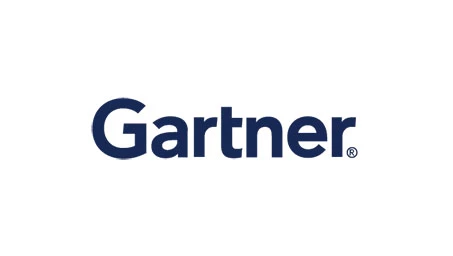Document AI + GenAI + Process AI use case
A good example is customer inquiry management as an extension of sales order processing. Success here depends on understanding how customers communicate, categorizing those communications, and identifying the workstreams they create. With this knowledge, we can pinpoint where GenAI and Document AI add the most value.
The same principles apply across service, finance, or supply chain workflows.
In practice, GenAI can categorize incoming messages and extract key details from natural language. Business process management can then route tasks to the right people. Meanwhile, Document AI can extract structured data and meaning from attached documents. When combined within an efficient process, the outcome is faster, smoother, and far more scalable.
As part of our ongoing partnership with ABBYY, I’ve recently added a new example of this approach to the ABBYY Marketplace. This asset showcases how ABBYY Vantage IDP and AI can be combined into a single Process Skill that classifies incoming communications while simultaneously extracting data from attached sales orders. The result is downstream automation that routes quote requests, delivery chases, and new orders directly to the right teams, cutting response times, reducing manual triage, and freeing people up to focus on value-add activities.
You can access it here in the ABBYY Marketplace.







